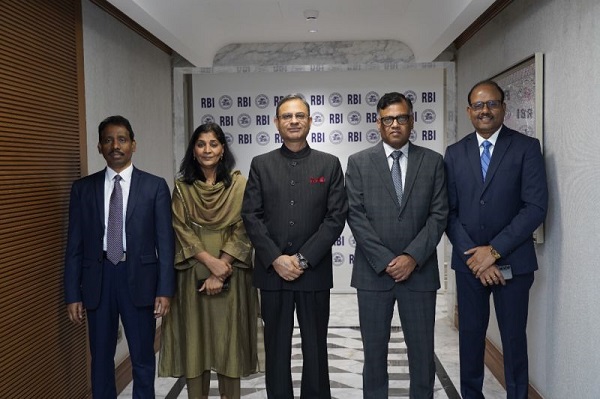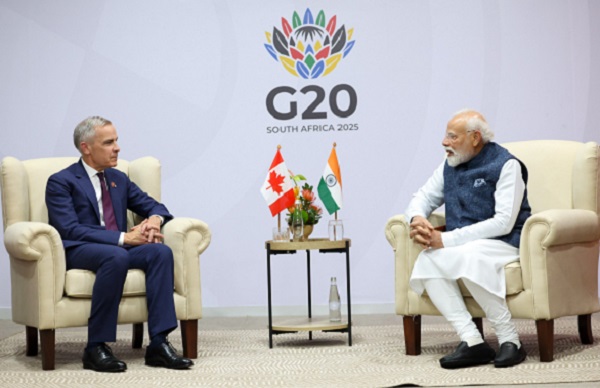.png)
March 19, 2025 at 8:59 AM IST
The Indian banking system is undergoing a notable shift in liquidity conditions, moving from a phase of scarcity to ample liquidity. QuantEco Research projects a significant improvement in core liquidity over the coming months. From -0.01% of Net Demand and Time Liabilities in February 2025, core liquidity is expected to rise to 1.1% by the end of March 2025.
Assuming a neutral Balance of Payments in 2025-26, core liquidity is projected to peak at around 1.9% of NDTL between October and December before tapering off to 0.6% by the January-March quarter. This transition marks a shift from a liquidity deficit—averaging -0.1% of NDTL during January-February 2025—to a ample liquidity scenario, according to the report.
Core liquidity—adjusted for the government’s cash balances—experienced a significant drawdown between October 2024 and February 2025. This was primarily driven by the Reserve Bank of India’s foreign exchange interventions and seasonal factors such as increased cash demand and reserve maintenance. However, a substantial liquidity infusion by the RBI since December 2024 has reversed this trend.
The RBI has ramped up its efforts to inject durable liquidity into the banking system, with March 2025 set for a record infusion. Between December 2024 and March 2025, the central bank is expected to have cumulatively infused ₹6.24 trillion through various instruments, including--Cash Reserve Ratio cuts, Open Market Operation purchases, foreign exchange buy/sell swaps.
These measures aim to ensure adequate liquidity to support economic growth and enhance monetary policy transmission.
The improved liquidity environment, coupled with a likely accommodative stance by the RBI’s Monetary Policy Committee in the April 2025 policy review, is expected to strengthen monetary policy transmission, QuantEco Research said. With an anticipated shallow rate easing cycle, banks will be better positioned to pass on lower borrowing costs to businesses and consumers. This, in turn, could support credit growth, facilitate investment, and drive economic momentum.




